Industry News
 09 2025-07
09 2025-07 What is Self-anchored Ductile Iron Pipe?
The self-anchored ductile iron pipe adopts a special mechanical design to weld the ring to the socket end to achieve reliable anchoring performance, while retaining the flexibility of the joint, with good flexural performance, which can replace the function of the constraint block and realize the design without constraint blocks.
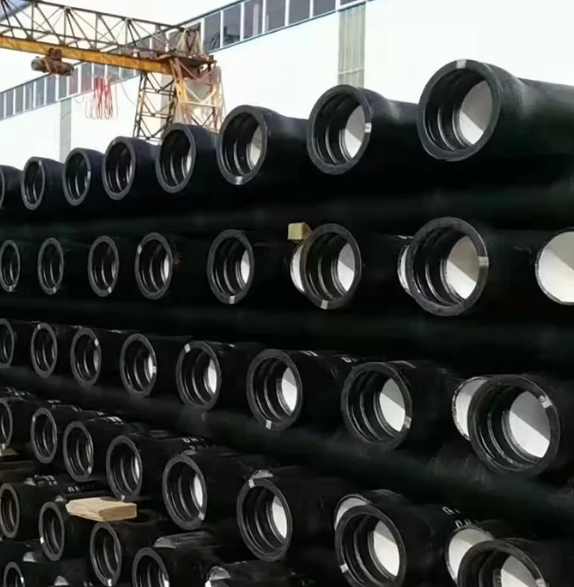 08 2025-07
08 2025-07 Ductile iron dragging pipe
The emergence of horizontal drill rod technology avoids road excavation and damage to other underground pipelines, reducing users' trenchless costs. At the same time, underground pipelines have less impact on traffic and the environment. In addition, it can run underground. In recent years, it has been widely used in the construction of underground pipelines such as municipal, industrial, and electric power. Horizontal drill rods are suitable for medium and small diameter ductile iron pipes.
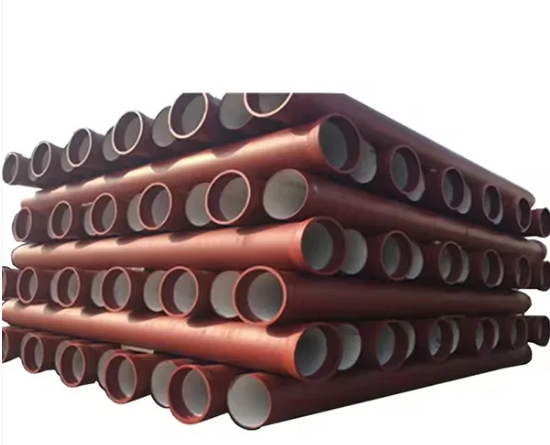 07 2025-07
07 2025-07 Ductile iron sewage pip
The main application area is the municipal sewage pressure pipe network with high anti-corrosion requirements. Sewage treatment plants have certain requirements for pressure resistance, and the medium contains polyphenols and cyanide, which are corrosive substances that may harm the industrial sewage pipe network system.
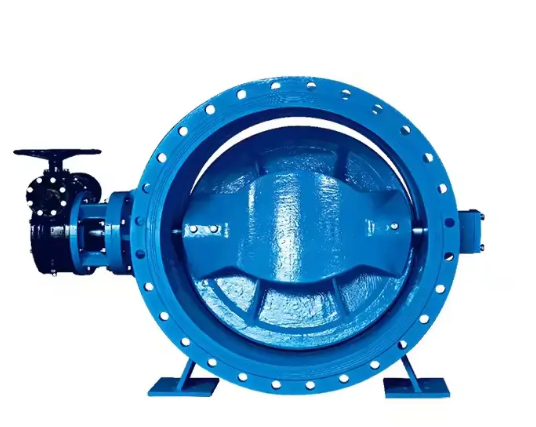 04 2025-07
04 2025-07 What is Double Eccentric Flange Butterfly Valve?
A Double Eccentric Flange Butterfly Valve is a high-performance industrial valve characterized by its dual-offset design of the stem axis. The first offset positions the stem axis away from the centerline of the disc sealing surface, significantly reducing friction during opening/closing. The second offset places the stem axis away from the pipeline/valve body centerline, enabling progressive linear contact sealing between the disc and seat when closed. This structure dramatically enhances sealing reliability and service life, making it suitable for demanding conditions involving medium-to-high pressure, high temperature, and corrosive media.
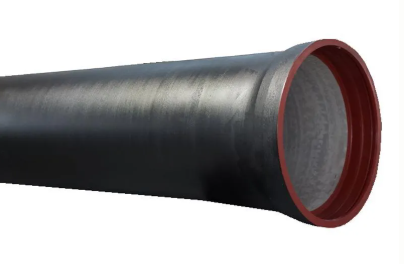 03 2025-07
03 2025-07 Ductile Iron Pipe
Ductile Iron Pipe (DIP) is a pipe primarily composed of iron. It is manufactured by adding nodularizing agents (such as magnesium or cerium) to molten iron, transforming the graphite within the cast iron from flake-like to spherical (nodular) form. This process significantly enhances its strength, toughness, and ductility. This material innovation combines the corrosion resistance of cast iron with mechanical properties similar to steel, making it a vital piping material for conveying fluids such as water, sewage, and gas.
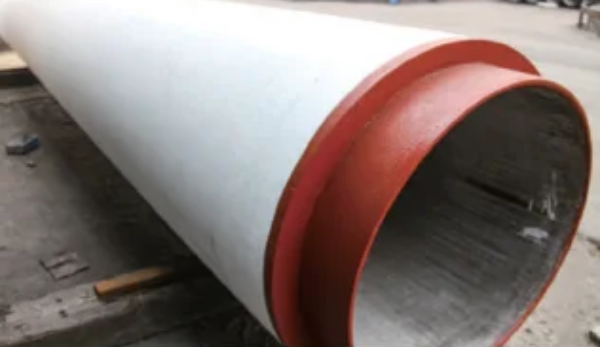 02 2025-07
02 2025-07 Product Overview of Jacking Pipe
Jacking pipeline is mainly used for special construction project,where the pipeline needs to cross roads, railroads, rivers, ground buildings and other obstacles, and the construction site does not allow or is difficult to dig a trench on the ground.Adopts trenchless technology is recognized by the majority of users and solves some construction problems encountered in special projects.

